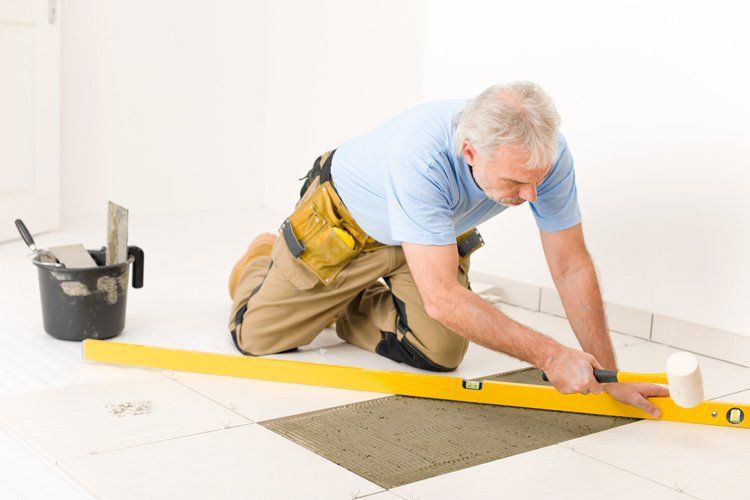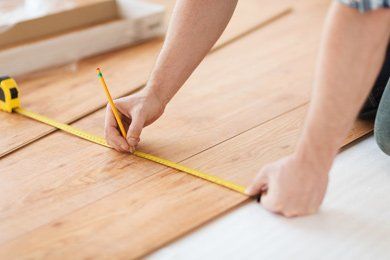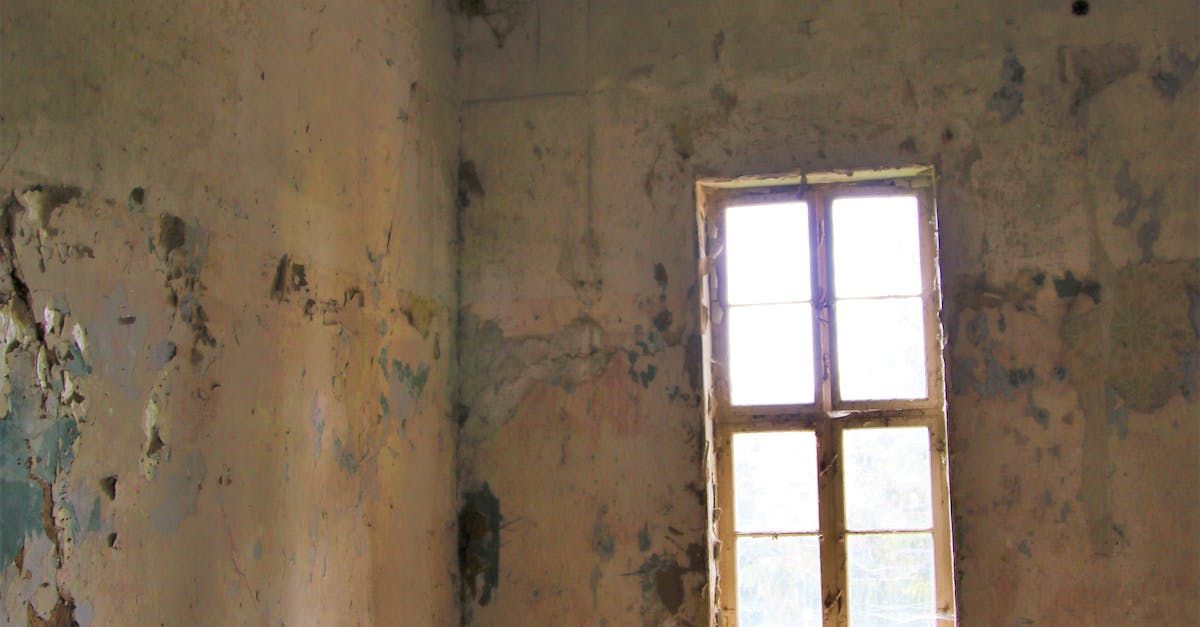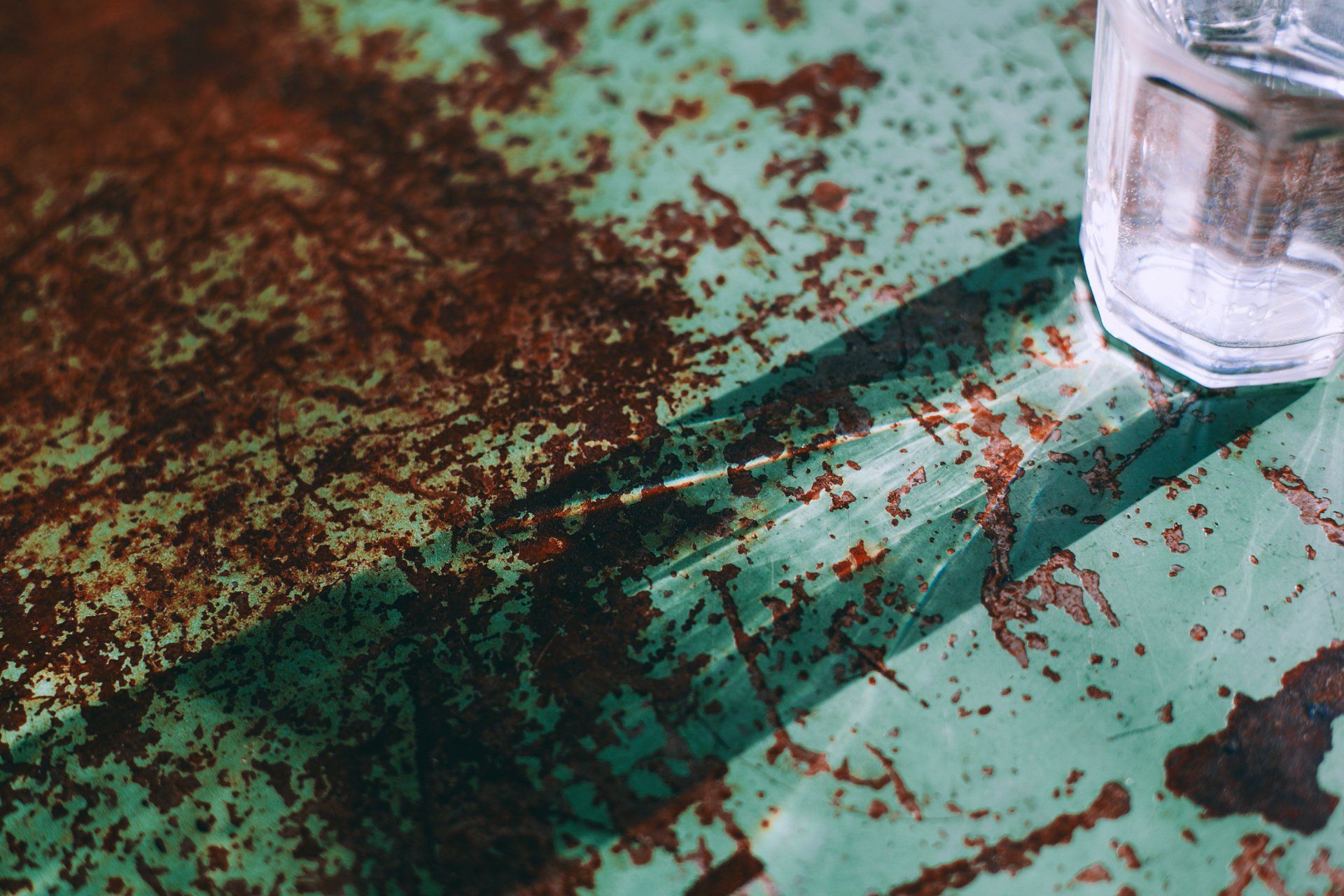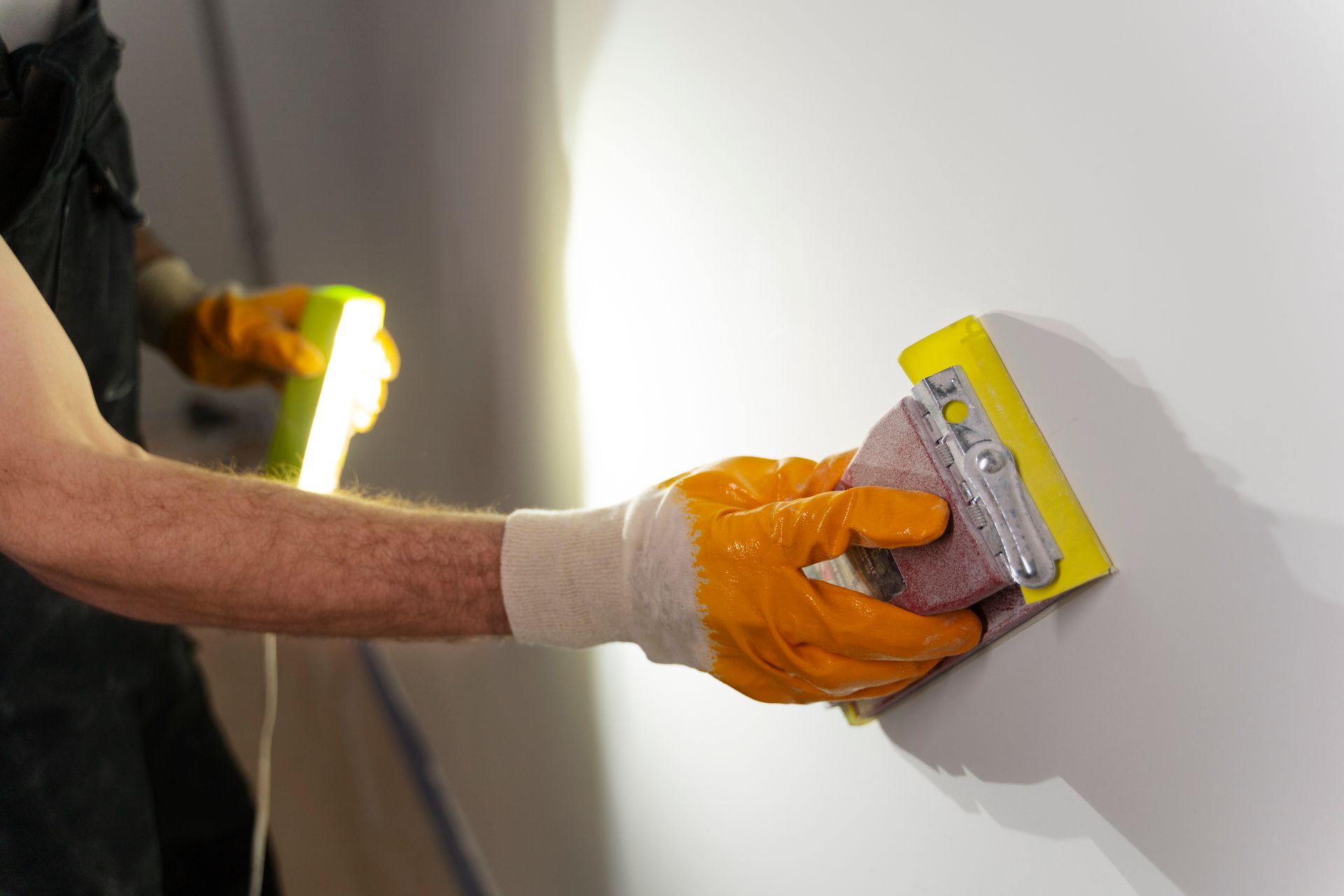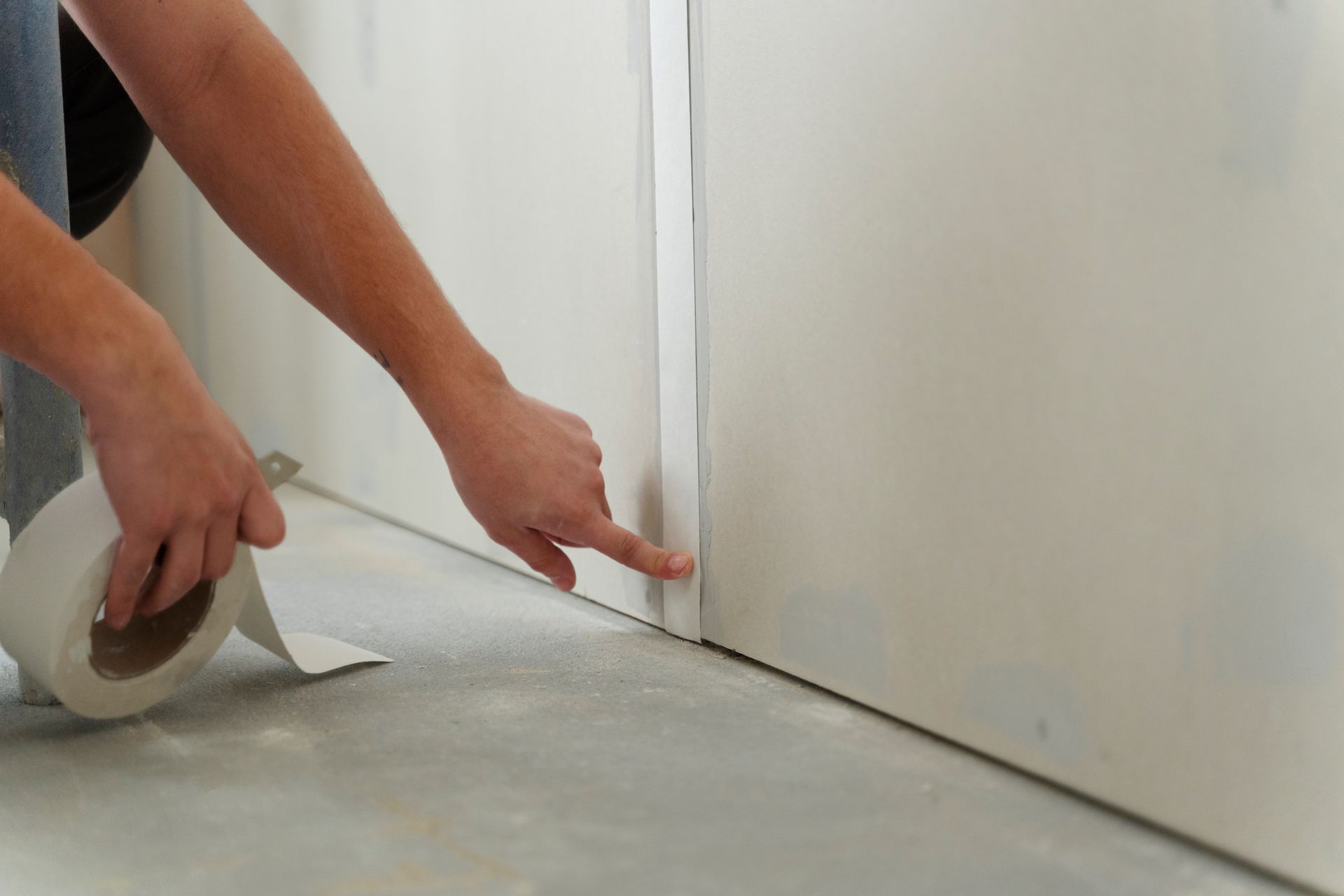Unveiling the Secrets of Drywall Tape and Bed: A Beginner's Journey
Mastering the Art of Drywall Perfection: Tape and Bed Techniques for a Flawless Finish
Drywall tape and bed services are crucial for achieving a seamless and smooth finish in any drywall installation or repair. This comprehensive guide is designed to walk beginners through the intricacies of these processes, focusing on various aspects like choosing the right materials, techniques, and common practices in the industry, without promoting any specific company.
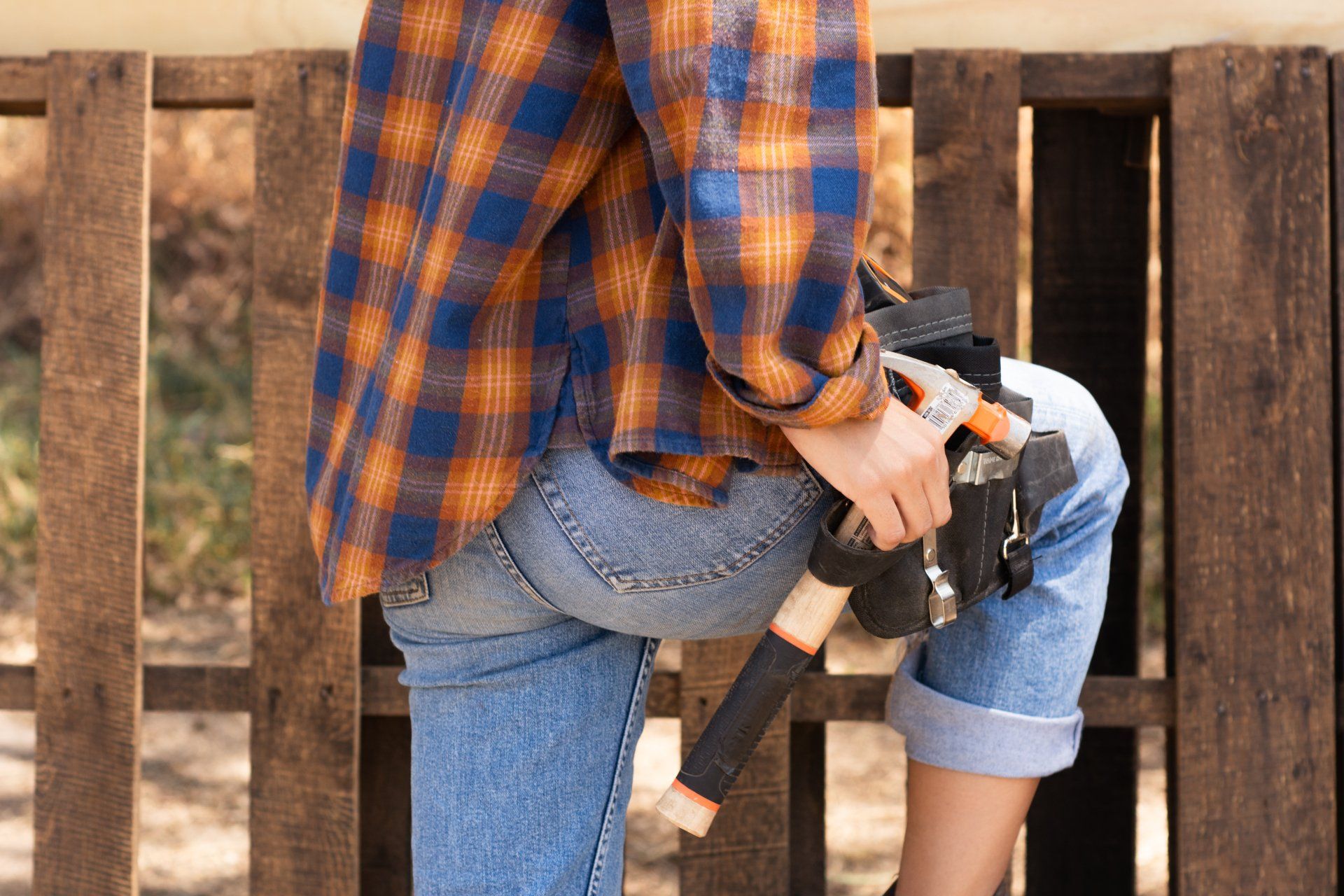
Understanding the Basics: Drywall Tape and Its Importance
Drywall tape is a vital component used to join seams in drywall sheets (commonly known as sheetrock). This tape, which comes in various types like sheetrock tape, drywall tape, joint tape, and wallboard tape, is essential for preventing cracks and ensuring a smooth, uniform surface. It's applied using dry wall mud, a substance that helps adhere the tape to the drywall and creates a smooth finish.
Types of Drywall Tape
- Paper Drywall Tape: This is the most traditional form of drywall tape. It's versatile but requires skill for proper application.
- Fiberglass Mesh Tape: Known for its strength, it's excellent for areas needing extra reinforcement.
- Metal-Reinforced Corner Tape: Used specifically for corners, offering more durability and stability.
Tools Required for Tape and Bed
For a successful tape and bed project, having the right tools is crucial. The list includes:
- Joint knives or taping knives
- Sanding tools
- Drywall mud pan
- Corner tools
Step-by-Step Guide to Tape and Bed
- Preparation: Ensure the drywall surface is clean and free from dust or debris.
- Applying the Tape: Cut the appropriate length of tape. If using paper tape, slightly dampen it. Apply it along the drywall joints.
- Applying Drywall Mud: Use a joint knife to spread a thin layer of drywall mud over the tape.
- Smoothing the Surface: Carefully smooth out any bumps or excess mud.
- Drying and Sanding: Allow the mud to dry completely before lightly sanding for a smooth finish.
Drywall Repair Techniques
Drywall repair dallas and drywall repair fort worth techniques often involve tape and bed processes. Common drywall repairs include fixing holes, cracks, and water damage. The tape and bed method is essential in these repairs to ensure that the fixed area blends seamlessly with the surrounding drywall.
Sheetrock Repair and Services
Sheetrock repair and sheetrock services often encompass tape and bed techniques. This includes repairing sheetrock damage, taping and bedding new sheetrock installations, and ensuring a flawless finish.
Hiring a Drywall Contractor
When seeking drywall services, it's important to choose a skilled drywall contractor. In regions like Dallas and Fort Worth, numerous professionals offer these services. Look for a drywall contractor Dallas or a drywall contractor Dallas TX with a solid reputation and experience in tape and bed services.
Wall Repair and Finishing
Wall repair goes beyond just fixing the damage. It involves using tape and bed techniques to ensure the repair is not visible once painted. A smooth finish is key for a professional look, whether it's a residential or commercial space.
Advanced Techniques and Tips in Tape and Bed
Beyond the basic steps, mastering advanced tape and bed techniques can elevate the quality of your drywall work. Consider these tips:
- Feather Edges: When applying mud over the tape, feather the edges. This blending technique reduces the visibility of seams.
- Multiple Coats: Apply multiple thin coats of mud instead of one thick one. This reduces the risk of cracking and makes sanding easier.
- Corner Beads: For external corners, use metal or plastic corner beads. These provide a clean, sharp edge and protect the corner from damage.
- Use a Light Source: Shine a light at an angle on the wall to reveal imperfections that might be missed under normal lighting conditions.
Drywall Mud Varieties
Understanding different types of drywall mud is essential:
- All-Purpose Mud: Versatile and suitable for taping and finishing.
- Topping Compound: Lighter and easier to sand, ideal for the final coat.
- Setting-Type Compound: Dries quickly and is useful for repairs or when time is a factor.
Addressing Common Challenges
In tape and bed, several challenges can arise:
- Bubbles in Tape: To avoid this, press firmly when applying the tape and ensure the mud underneath is evenly spread.
- Cracking: Prevent cracking by applying thin layers of mud and allowing proper drying time between coats.
- Uneven Surfaces: Achieve even surfaces by using long strokes with the knife and applying consistent pressure.
Importance of Sanding and Finishing
Sanding is a critical final step in tape and bed. Use fine-grit sandpaper and sand gently to avoid damaging the drywall. The goal is to achieve a smooth, paint-ready surface.
DIY or Professional Help?
While DIY enthusiasts may take on tape and bed projects, it's important to assess skill levels and the complexity of the project. For large or intricate projects, or for those requiring a high-quality finish, hiring a professional might be the best choice.
Environmental Considerations
It's also important to be mindful of environmental factors, like humidity and temperature, as they can affect the drying time of mud and overall results.
Final Words of Advice
Tape and bed is an art that requires patience, precision, and practice. Whether you're a homeowner looking to do some minor repairs, or someone considering a career as a drywall contractor, understanding the nuances of drywall tape and bed services is invaluable. Remember, achieving a flawless finish is not just about the right techniques but also about attention to detail and a commitment to quality workmanship.
Ready to work with Dallas Drywall Solutions?
Let's connect! We’re here to help.
Send us a message and we’ll be in touch.
Or give us a call today at 972-362-9799

